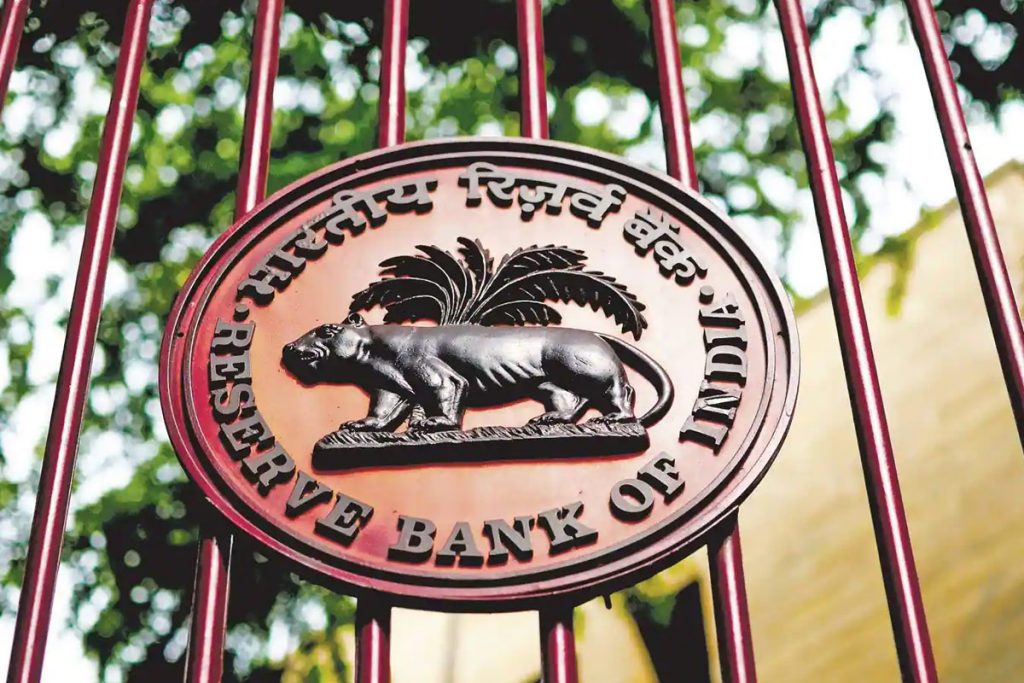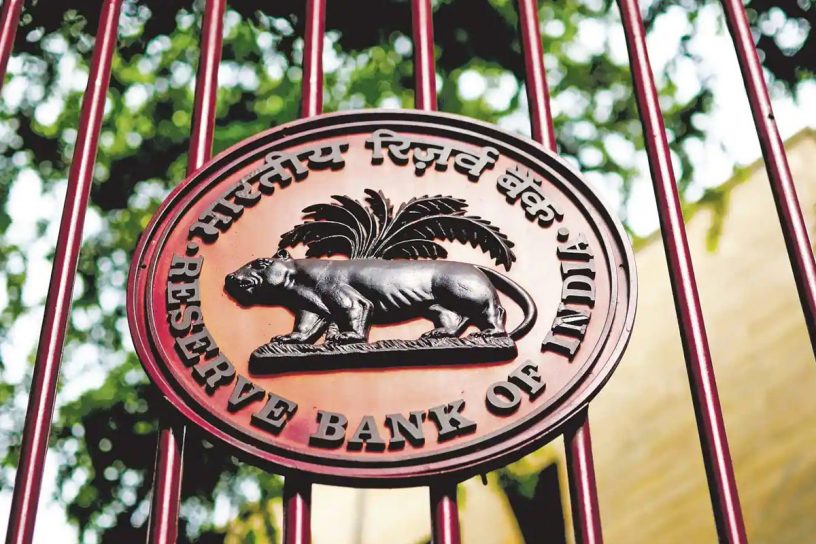
Despite the RBI’s flurry of liquidity measures, the credit growth of the Indian banking system suggests that the pass-through has been remarkably stagnant, say the authors.
Authors:
Sudipta Sen, Assistant Professor, Jindal School of Banking and Finance
Prasenjit Chakrabarti, Assistant Professor (Accounting and Finance Area), IIM-Ranchi
Summary
The Indian economy has bounced back, recording a growth rate of 20.7 per cent in the second quarter. Although the high growth figure may be due to the base effect as the economy had severely contracted in Q2 a year back, there is no denying that it is one of the highest jumps in growth rate amongst its peer countries. Credit is due to the government and the RBI for their efforts in co-ordinating the fiscal and monetary policy to steer the economy to the high growth path. In boosting growth, RBI’s Government Securities Acquisition Programme (G-SAP) needs a special mention. Recently, the RBI announced the extension of the G-SAP programme — G-SAP 2.0.
Under the G-SAP 2.0 programme, the RBI will conduct open market purchases of government securities worth ₹1.2 lakh crore across the various maturity spectrum. The programme aims to ensure the orderly evolution of the yield curve such that all segments of the yield curve remain liquid. G-SAP 2.0 is the Indian version of quantitative easing, which has been the go-to monetary policy to pull economies out of recession after the global financial crisis.
In quantitative easing, central banks pump money into the economy through the banking system, with the tacit belief that the banks will pass on that liquidity to the rest of the economy in the form of credit, thus propping up the productive activity in the economy.
Nevertheless, despite the RBI’s flurry of liquidity measures, the credit growth of the Indian banking system suggests that the pass-through has been remarkably stagnant. The current annual credit and deposit growth rates for the scheduled commercial banks are 10 per cent and 6 per cent, respectively, raising serious concerns about the pass-through.
Published in: The Hindu Businessline
To read the full article, please click here


